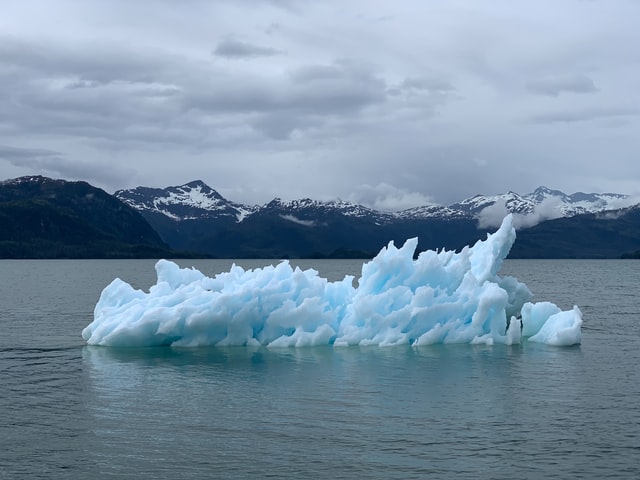
The world is forever grateful to the brilliant minds that worked around the clock to develop an effective vaccine to prevent the infectious disease known as the coronavirus. In record time, Pfizer, Moderna, and Johnson & Johnson discovered a solution that would ultimately save millions of lives. Though the distribution of COVID-19 vaccines has played a significant role in the world’s ability to return to normalcy, scientists and medical experts worry that infectious diseases will become more prominent soon.
The Earth is Heating Up
Scientists, environmental experts, and advocates alike have talked about climate change and its impact on human life for decades. Unfortunately, many politicians and citizens ignored their cries, believing global warming didn’t exist or wasn’t something they’d have to worry about in their lifetimes.
Fast forward to today, and you can’t help but notice the impact of climate change. Temperatures are hotter than average, storms are more frequent and severe, and the fruitfulness of agriculture is fading. At the top of the list of problems, however, is the increase in infectious diseases.
Climate Change And Infectious Diseases
While advanced technologies enable experts to enhance their efforts in antibody development and other preventative measures, the correlation between climate change and infectious disease must be addressed. Let’s take a deeper look at this connection.
Changes in Weather Increases The Spread of Disease
Climate impacts how infectious diseases are transmitted globally in several ways. For starters, some viruses only thrive in certain conditions. Take dengue fever, for instance. This contagious disease tends to thrive best in tropical or subtropical climates. Be that as it may, as temperatures rise in otherwise cool parts of the world, this virus can spread more quickly.
Another factor to consider is the migration of people as climate change ravages their homes. The more people that become displaced, the larger populations grow in other areas. These mass migrations not only result in an increased strain on the ecosystem, the potential that people bring infectious diseases with them increases.
Finally, increased migrations and natural disasters like forest fires minimize space for wildlife. With nowhere to go, animals and humans come into contact more often than usual. As many viruses are transmitted between animals and humans, it increases the likelihood that another pandemic will manifest itself.
Air Pollutants Serve As Vehicles For Viral Transmission
During the height of the coronavirus pandemic, scientists discovered that regions with the worst air pollution seemed to have the most significant outbreaks. Environmental toxins like black carbon and sulfates are prevalent and known for causing substantial damage to the immune system. Further research revealed that these particles serve as vehicles for viruses, causing them to spread faster and significantly affect those infected.
Rising Temperatures Threaten The Return of Ancient Diseases
Did you know that viruses, bacteria, and diseases can last for years if it’s frozen? The ice provides the perfect environment for preservation. If this ice should melt, however, it could be a catastrophe for the world. Diseases that were once eradicated will return, causing a spike in infections and worldwide panic. Unfortunately, the rising temperatures in some of the world’s coldest climates are causing ice to melt.
Climate Change Sparks Mutations And Weakened Defense Mechanisms
Last but not least, experts fear that the rising temperatures will lead to viral mutations that the human body cannot fight. As pathogens and viruses mutate to thrive in warmer temperatures, the expectation is that new diseases will develop that are stronger and more challenging to treat. This adaption will also mean that primary bodily defenses to fight illness like fevers will no longer be effective.
It’s amazing what modern advancements have enabled medical and scientific experts to do amid one of the world’s most prolific health crises in decades. Be that as it may, if world leaders and everyday citizens don’t start to make changes to preserve the environment and manage climate change, the future could prove catastrophic. Hopefully, gaining a better understanding of the connection between climate change and infectious diseases will encourage you to do your part to make a change.



